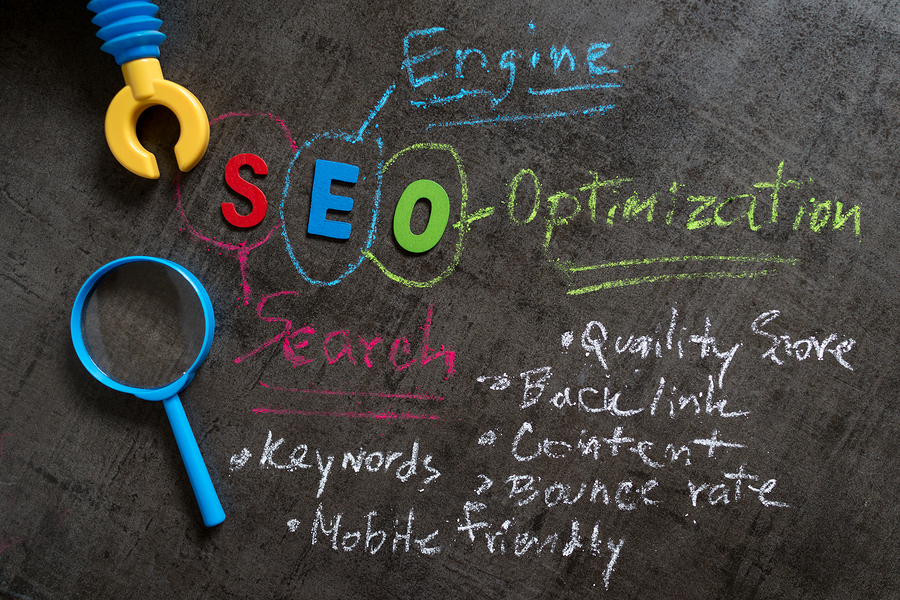Search engine optimization is crucial for any website’s success. And while It can be challenging to know how to optimize your content for SEO considering the factors involved, it doesn’t mean you can’t find the perfect combination. We will go over some basic steps that you should take to optimize your content for search engines. But before we dive deep into the steps, it’s essential to understand what SEO content is.
What is SEO content?
SEO content is the written or visual content on your website designed to rank well in search engine results pages. This means that you need to ensure that your keywords and topics are included naturally throughout your site’s text, titles, descriptions, and images. You should also use other optimization techniques, such as adding internal links to related pages on your site to help with ranking.
The Basic Steps in Optimizing Content for SEO:
Create original, high-quality content: This is essential for optimizing your website’s content for search engines. Search engines like Google are constantly crawling sites looking for new information to add to their index and rank organically. So if you want your website to rank well, make sure that it contains original content.
Keyword research: This is important because search engines like Google use keywords as the basis for what to show in their organic results pages. So if you are trying to optimize a page but don’t have any specific keyword phrases included, then there’s nothing for the search engine to rank. You can find keywords using several tools, but one of our favorites is Google’s Keyword Planner.
Include keywords throughout your content: Once you have determined which keyword phrases you want to target, make sure to include them naturally throughout your website’s text, titles, descriptions, and images. Don’t go overboard and stuff your content with keywords, but make sure they are included where they will have the most impact.
Include keywords originally and naturally: Don’t try and force keywords in random sentences and paragraphs. Sometimes writers try to force keywords into sentences where they don’t naturally fit and ruin the entire content. Aim to use keywords in titles and meta descriptions alongside the main body.
Use relevant images: Images should not be overlooked when optimizing your website’s content for search engines. The text that accompanies an image can give you many opportunities to include targeted keyword phrases that will help with ranking potential. Make sure your filenames are descriptive (e.g., blog-post-title), and try using Alt tags where possible so Google knows what is contained within each image on your site.
Link internally or externally: Linking from one page on your website to another also helps with ranking because it tells search engines that you have a lot of pages that link crawling and indexing. But if you find it more beneficial to include external links to rank better for specific keywords or phrases, then make sure they are included naturally within the content.
Use location-specific keywords: If you are a local business, make sure to target location-specific keywords. This will help ensure that your website appears on the search engine results pages for people looking for businesses near them.
Write compelling meta descriptions: A well-written meta description can entice people to click on your website in the search engine results pages. Ensure you include a couple of keyword phrases and keep them under 160 characters.
Try and acquire quality backlinks: A quality backlink is any external link that happens due to someone choosing to include your website in their content. This could be another blog post, news article, or video on the web regarding one of your pages. Try and acquire links from high-authority websites for greater ranking potential.
Optimize page speed: Google has stated that they consider webpage load speed when determining where to rank specific sites. While there isn’t an exact time limit set (yet), you should make sure not to neglect this factor because it can affect how people perceive your site and whether or not they choose to visit it at all.
You should aim to optimize all areas of your website’s text, images, titles, and meta descriptions so that search engines can easily crawl and index them correctly. This will allow Google (and other search engines) to know which web pages offer relevant information about specific keyword phrases/keywords based on what is shown in their organic results pages.
As long as you follow some basic steps when writing new posts or updating existing ones, there shouldn’t be any reason why your website won’t start ranking well in search engine results pages. Try adding keywords and phrases to the blog post title, description meta tags, images alt text fields, etc. You can also try adding a few external links for relevant information about SEO optimization. Don’t go overboard with this, though! Only adding in two or three per article is usually enough to not come across as spammy when somebody reads your posts. Remember: The primary purpose of these articles should be to provide valuable content for readers, which Google will pick up on and rank appropriately.
As long as you follow some basic steps when writing new posts or updating existing ones, there shouldn’t be any reason why your website won’t start ranking well in search engine results pages.
